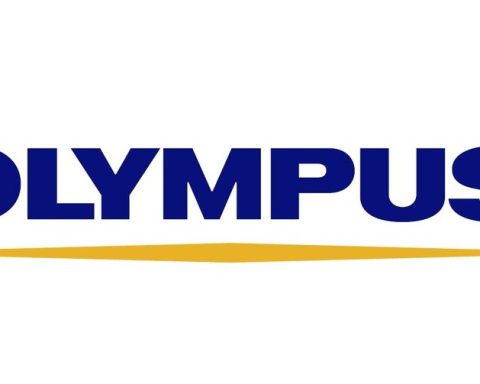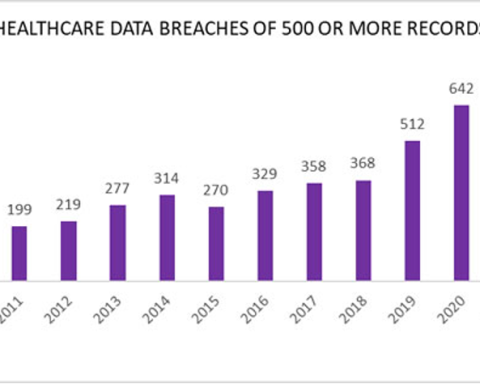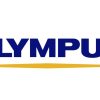by Dodie Guadines, Viseven Regional Director, APAC Region
In 2022 the APAC pharmaceutical market was estimated at $40.25 billion. At the same time, Asia-Pacific pharma players expect their businesses to grow rapidly in the upcoming year. With an estimated CAGR of 10.5%, the APAC market is expected to reach a booming $64.96 billion by 2027. Within the region, the Indian market shows impressive success, responsible for 80% of anti-retroviral drugs and 50% of the global supply of vaccines. Simultaneously, China remains the world’s biggest pharma producer, with an estimated value of around $573.5 billion in 2022.
The APAC market is home to many international pharma companies that provide medicines and healthcare services globally and an important market for European and American brands that open their overseas offices, launch production capacities and research facilities. Nowadays, APAC-based pharma companies are strongly integrated into the international pharma community and are seen as one of the most rapid-growing businesses, providing many opportunities for new research and production. This time we will look closely at the APAC market as a whole and outline some of the most prominent tendencies that today dominate the regional markets.
APAC Market: Major Trends
We can conclude that every year the APAC pharma and life sciences market becomes increasingly integrated into the international pharmaceutical community. Thereby, there are many common challenges and priorities typical for the region’s countries. This means that the challenges the market faces are common for most modern pharma businesses.
Hyper-personalization
When talking about the biggest international trends, hyper-personalization is responsible for the lion’s share of the buzz among the marketing community these days. And marketers are not alone in it — pharma companies and marketing agencies spend a significant amount of time and resources to take their targeting and relevance of communication to the next level.
Talking about hyper-personalization in pharma, we would rather describe it as the tech stack rather than a specific stand-alone solution. It is not enough just to collect the personal data, analyze it and create hyper-personalized clusters of one for every client. In practice, it requires numerous MarTech tools for reaching out to the client, automating processes, optimizing hyper-personalized content production, and keeping a record of every interaction. This helps to apply all the possible data and come up with the clearest profile of the client. This analytics helps to make viable predictions about the motives, drives, and other behavioral factors behind the customer’s actions.
Still, when we are talking about the pharma industry players, there are some very specific obstacles that pharma marketers have to deal with, unlike their counterparts from other fields. Namely, the many restrictions concerning the disclosure and collection of customers’ private data. Under those conditions, marketers must be especially inventive and dedicated to collecting every useful piece of information that can be added to the individual client profile.

Artificial Intelligence/ Machine Learning
Today, Artificial intelligence and Machine Learning are widely used by many industries. Let’s think about tools such as specialized chatbots, administrative automation, and smart content creation that have already become common for any industry, including pharma and life sciences. In particular, AI and ML-based technologies proved their efficiency as marketing tools. AI-based algorithms help to process significant amounts of data, create a viable understanding of the customer, and are vital in hyper-personalization. At the same time, some chatbots are programmed to apply machine learning and adapt to the client’s requirements. Also, chatbots may use existing client data stored in the database to offer the most relevant service or information.
Besides communication with customers, clinical research can also be boosted by using AI. Pharma scientists can reduce the research and trial time and increase the accuracy of testing with the help of AI. Also, AI-powered analytics contribute greatly to the quality of research and, most importantly, help to make predictions about the development of the disease or patient treatment based on the data collected.
MarTech Solutions
Specialized software solutions that marketers use to boost their efforts and reach better results at targeting, relevance, and service are becoming more and more sophisticated, allowing accomplished users to get a significant edge over their competitors. In pharma marketing, MarTech solutions are widely applied to optimize content assets and large amounts of data, automate administrative processes, boost communication, collect relevant customer data, etc.
As the MarTech-dominated approach establishes itself as a basis for almost every process and communication, it becomes crucial for marketing professionals to clearly understand the technologies that define the future of pharma marketing. So what are the top trends nowadays, and what should we expect from MarTech in the near future?
CRM systems and Content Factories
Specialized CRM systems are designed to deal with specific assets and help to face challenges that are individual to the industry. Also, it’s important to note that such CRMs should allow integration with any essential third-party software, provide regular software updates and help optimize the team’s workflow.
Omnichannel Engagement
Reaching out to clients via the most relevant channel every single time is what every marketer is looking for. The omnichannel approach is one of the essential elements that is frequently used together with hyper-personalization to build a one-of-a-kind customer experience and to deliver it via the most appropriate channel. Within an omnichannel approach, all of your communication channels are orchestrated as a single ecosystem, carefully analyzing every interaction and storing all the valuable client data upon each.
Modular Approach
Pharma marketers are dealing with a large amount of content daily. A modular approach is one of the key trends that dominate the pharma MarTech market today. The approach is frequently realized via the specific CRM architecture that features an advanced tagging system that allows separating all the content into semantic pieces, reassembling it, and reusing it when needed. The modular approach allows implementing the automation of many content production processes, applying advanced suggestions, and saving time and resources for high-quality content production.










